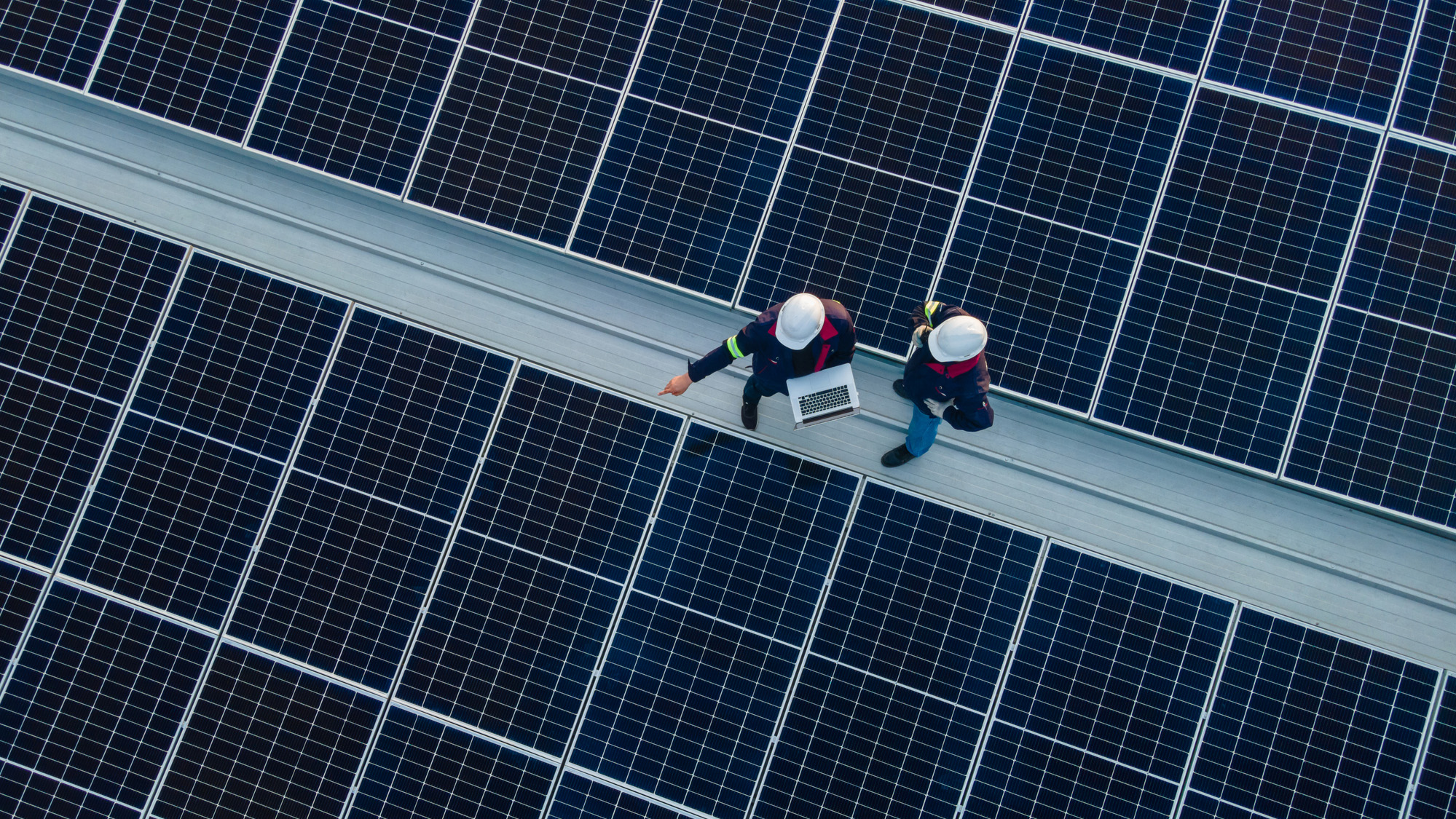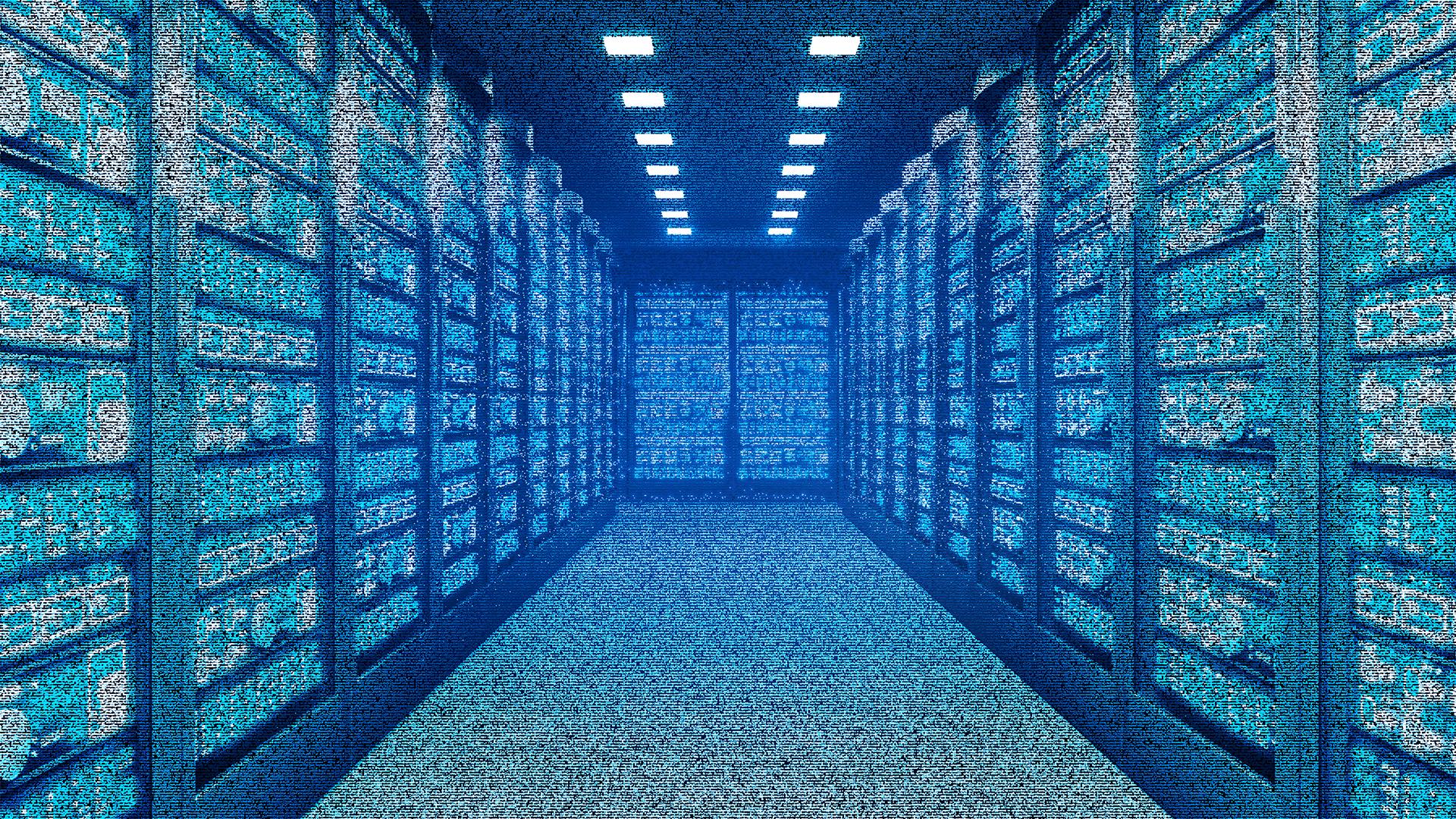Could all data centers go solar?
The booming solar market could hold the answers as data center operators look to put a lid on emissions


It’s well known that data centers are power-hungry beasts and one of the biggest challenges is fueling their appetite. Even before the advent of generative AI, the Semiconductor Research Corporation reported that the electricity demands of computation and data communication were growing significantly faster than global energy production. With AI now accelerating that consumption, the challenge has only intensified.
Analyst firm Gartner is currently predicting that in the near future, roughly half of new data centers will need some form of dedicated power generation – a microgrid – to either supplement or replace what’s available from the regional grid. With many looking to add weight to their green credentials, these are often from sustainable sources such as water, wind and solar.
Solar has attracted significant attention recently, with the announcement of the UK’s first solar-powered data center and hyperscalers such as Google inking a plethora of solar energy deals, including a recent contract with US developer energyRe to invest in and purchase renewable energy credits from a portfolio of over 600MW of solar projects.
This is particularly attractive for hyperscalers as they seek a quick fix for rising emissions linked to AI. Google's emissions have risen 51% in the past five years, while Microsoft's Environmental Sustainability Report 2025 revealed a 23.4% rise in emissions compared to its 2020 baseline.
With prices also continuing to fall, solar-powered data centers are likely to become more of a common occurrence. But might they ever become the default energy source for data centers, rather than just the most common kind of green data center?
Can solar power be a sole source?
Solar power is experiencing huge growth in regions such as the EU, where it’s just become the biggest power source for the first time, as well as in the US where wind and solar has now overtaken coal, per energy think tank Ember.
But in the near term, solar is unlikely to become the main power source for data centers, as solar power production isn’t always sufficient. Experts are seeing many deployments of solar as supplemental.
Sign up today and you will receive a free copy of our Future Focus 2025 report - the leading guidance on AI, cybersecurity and other IT challenges as per 700+ senior executives
The energy provision for a data center is rarely a single source, notes Bogi Hojgaard, Energy System Expert at The Carbon Trust consultancy, pointing to the fact that while it could provide ample energy to power a data center on average, solar does come with its own challenges.
The main issues are of course generation and storage. Solar could only work as a single power source in an area with a large percentage of sunny days, and even then, you’d need a sizable area to build the solar farm.
“For solar, it takes between five and seven acres to generate a MW of energy, However, that refers to the peak generating capacity of a solar installation,” says Bob Johnson, VP Analyst at Gartner.
“In reality, since the sun isn’t always shining at its peak (or at all, like at night), the average power from a solar installation is roughly 25% of the maximum – per US Department of Energy statistics.
“In reality, you would need 20-30 acres per MW of capacity, or for a 100MW data center, 200-300 acres available for solar. Of course, this would depend on where the site is located, because some areas are better for solar than others,” he adds.
Since the sun doesn’t shine 24/7, storage is also a necessity and the capacity needed for a fully 24/7 solar solution would likely be very significant. While much has been mentioned about utility-scale batteries, adding sufficient battery storage for a 100MW data center to keep operating would add around US$1bn to the total cost, say Johnson, noting this is why he doesn’t think solar-alone is the best choice.
Choosing the right energy mix for the job
But then how does solar stack up against alternative power sources such as nuclear, wind, hydropower, and geothermal?
Aside from nuclear, costs are unlikely to materially change over the next five years notes Hojgaard, citing that comparisons of generation technologies on levelized cost of energy (LCOE) would yield a ranking of solar, wind, geothermal or hydro (depending on local conditions) and nuclear – with the latter three being substantially higher in cost.
Other factors when deciding on the most suitable power source includes location and gaining planning permission. Onshore wind can face issues such as public views on wind farms and the impact on the topography on power generation, while offshore wind is out of sight and higher capacity while also incurring a higher cost.
“There are some sites exploring offshore wind too though,” notes Bob Burgoyne associate director, Business Services at The Carbon Trust. “Blackpool is looking to develop a high-performance data center campus and reduce the curtailment of offshore wind by using this power for AI training loads.”
‘Traditional’ geothermal – such as in Iceland – requires ready access to superheated water/thin Earth crust, so necessarily located close to fault lines, which make them more prone to earthquakes. “Therefore, building data centers close to these would be a risk/cost trade off, although electricity can be transported, so that risk can be managed,” says Hojgaard.
‘Traditional’ geothermal – widely used in Iceland – requires ready access to superheated water/thin Earth crust, so necessarily located close to fault lines, which make them more prone to earthquakes. “Therefore, building data centers close to these would be a risk/cost trade off, although electricity can be transported, so that risk can be managed,” says Hojgaard.
Relatively new is advanced geothermal, which doesn’t require the same access to hot water, instead drilling deep boreholes to access the heat present across the world. “This has intriguing potential, with the first pilots underway in Nevada and Utah, but not until the next decade,” says Johnson.
Hydro is a great option, but basically all the available hydropower’s already taken Johnson adds, bringing us, finally, to nuclear. In terms of ‘traditional’ nuclear, many countries don’t have the skills or capability to build and for those that do the size of plants typically range from single reactors of 1,000MW up to multiples of up to 1,800MW – Hinkley Point C and Sizewell C for example, will total 3,320MW.
“A hyperscale data center demand typically ranges between 20 and 100MW, so building a dedicated plant for one wouldn’t make sense, though it could be part of an energy portfolio for a group of data centers,” Hojgaard notes.
A new class of nuclear reactor – the small modular reactor (SMR) – is under development and has “the longer-term potential for being ideal. However, due to the complex regulatory environment, the first ones won’t become operational until around 2030, so in reality they’re a next-decade solution,” Johnson says.
Each power source clearly has its own set of challenges and while many don’t believe it’s going to become the de-facto power source for all future data centers, solar is clearly one of the best options for those that don’t want to, or simply can’t, rely fully on a local power grid.
Data centers look set to continue being powered from a mix of sources, but experts agree that solar will definitely continue to take market share, as both photovoltaic and battery costs are declining.
Breakthroughs in cooling management could also improve the match of solar output to data center demand, while battery chemistry advances may drive down storage costs. While it’s too early to say how far advancements will go, solar is poised to claim an increasingly larger share of the data center energy mix — even if it never becomes the sole power source.
Keri Allan is a freelancer with 20 years of experience writing about technology and has written for publications including the Guardian, the Sunday Times, CIO, E&T and Arabian Computer News. She specialises in areas including the cloud, IoT, AI, machine learning and digital transformation.
-
 How the UK is leading Europe at AI-driven manufacturing
How the UK is leading Europe at AI-driven manufacturingIn-depth A new report puts the country on top of the charts in adopting machine learning on the factory floor in several critical measures
-
 US data center power demand forecast to hit 106GW by 2035, report warns
US data center power demand forecast to hit 106GW by 2035, report warnsNews BloombergNEF research reveals a sharp 36% jump in energy forecasts as "hyperscale" projects reshape the American grid
